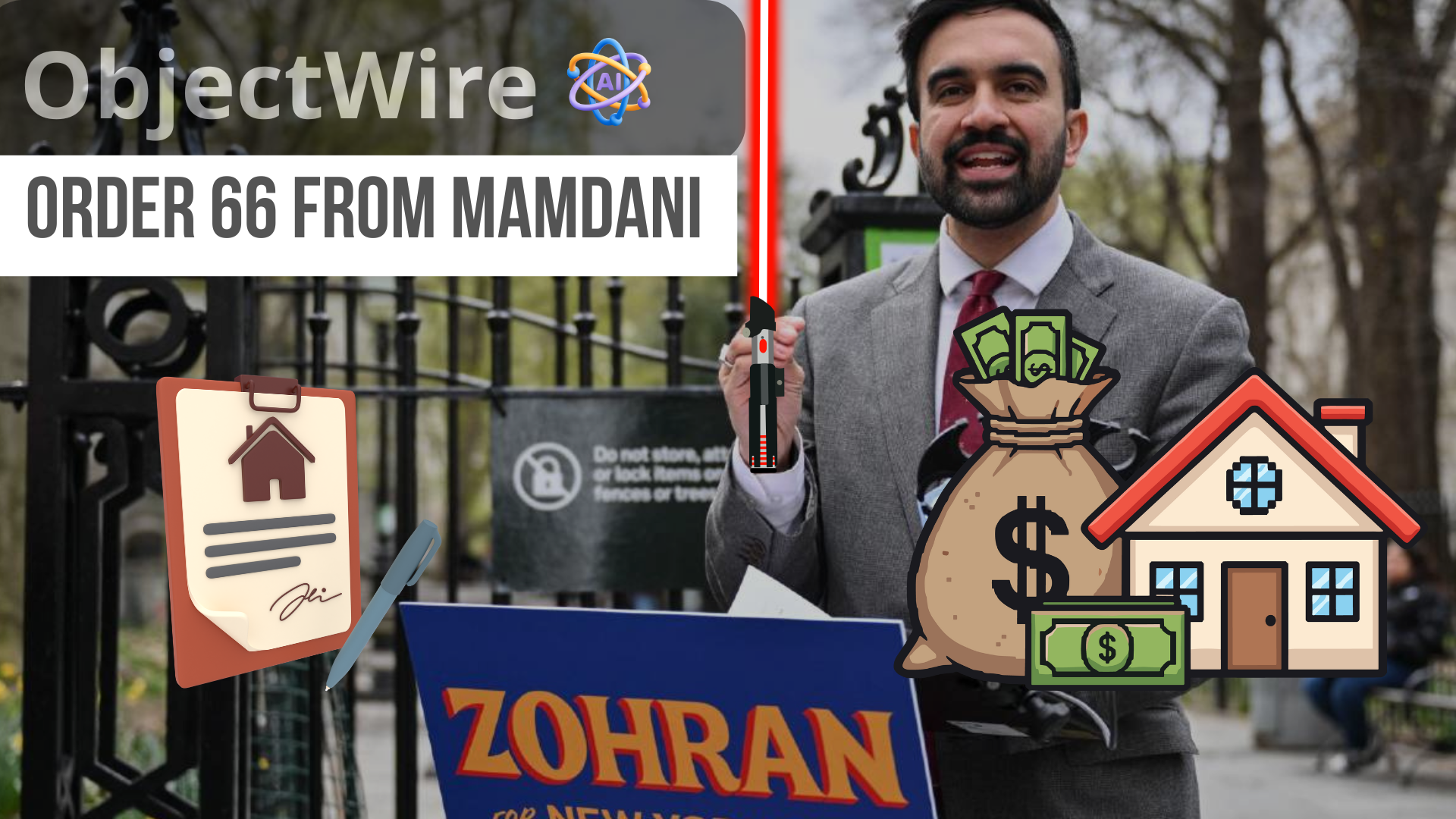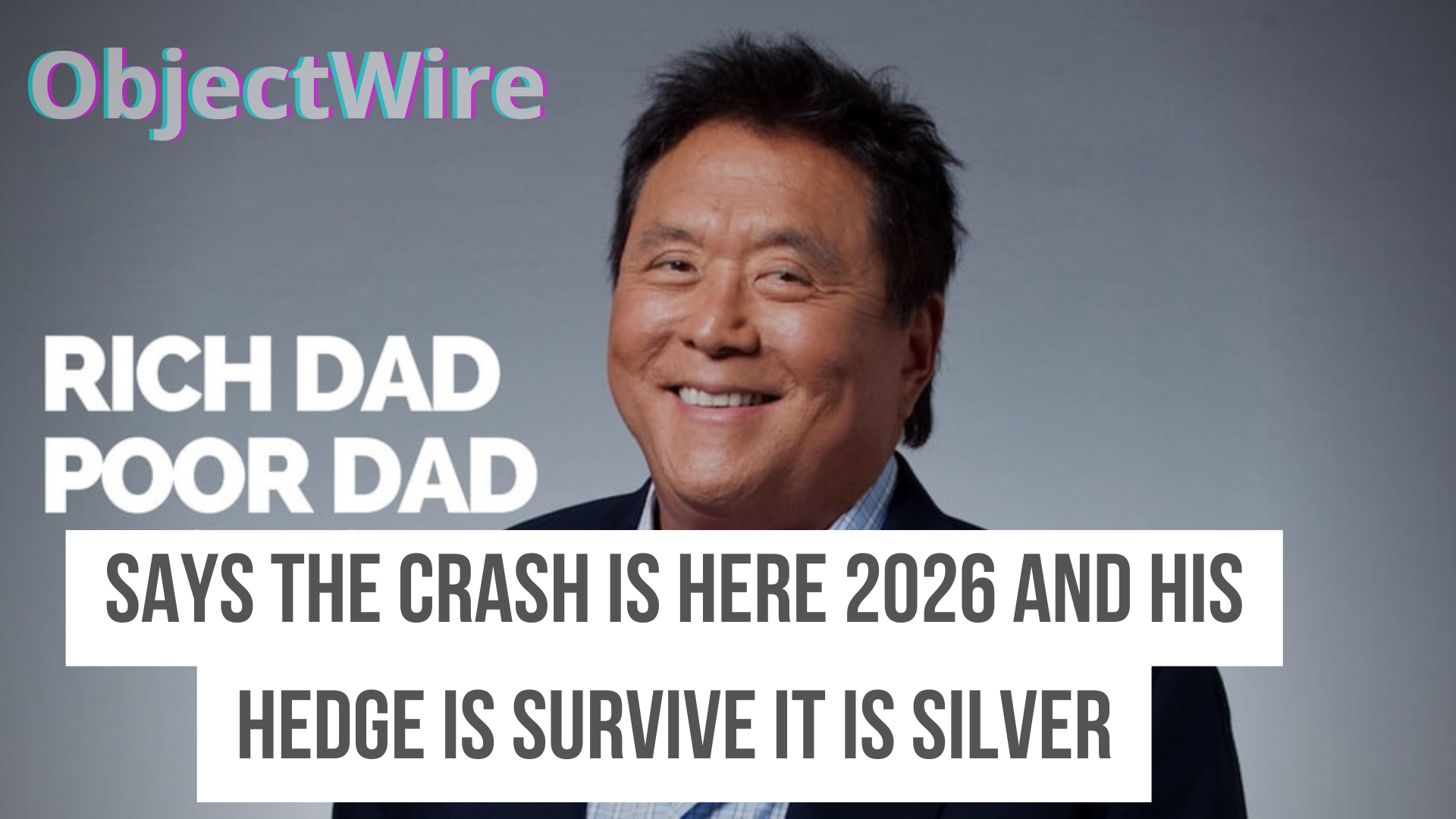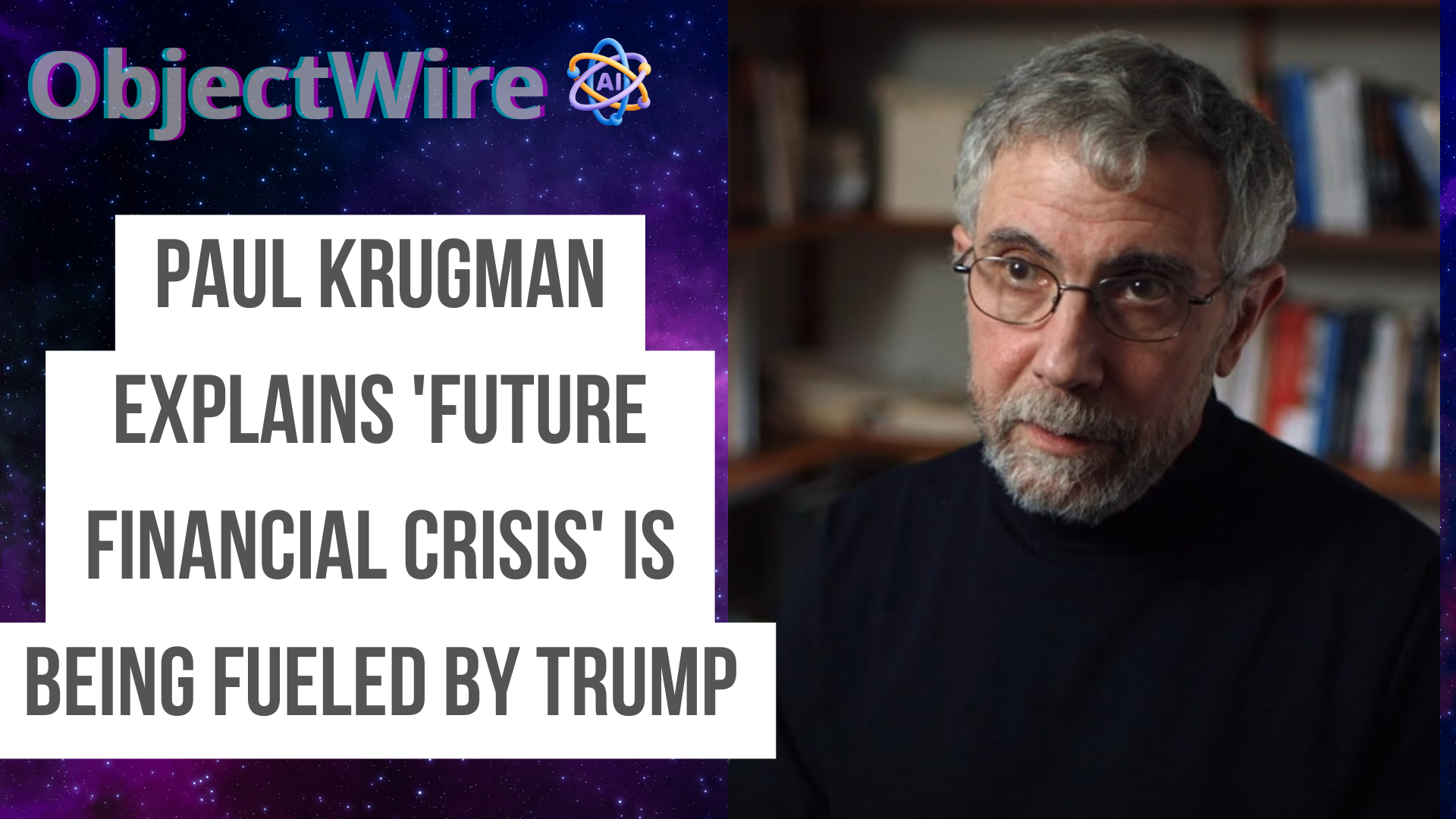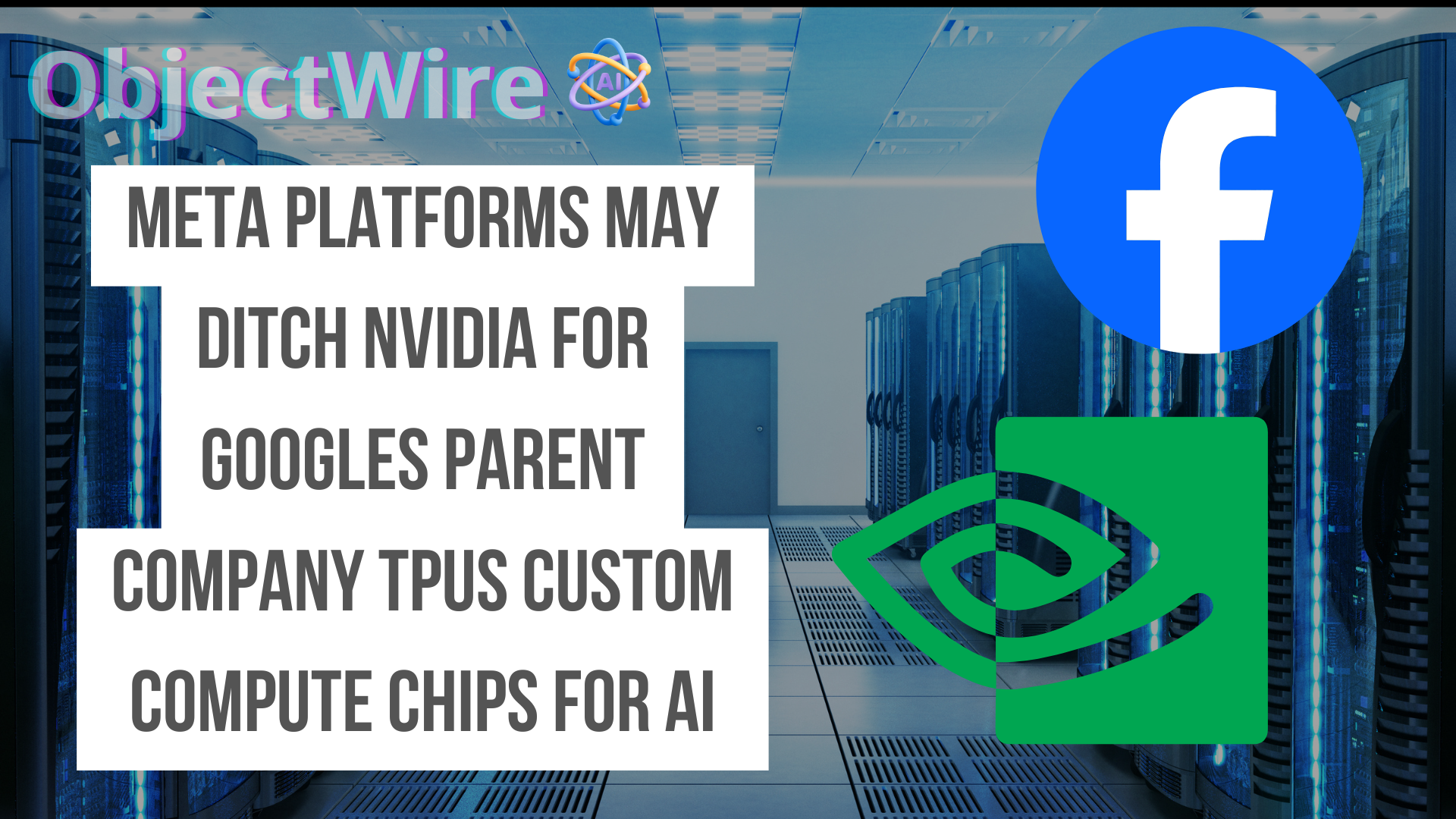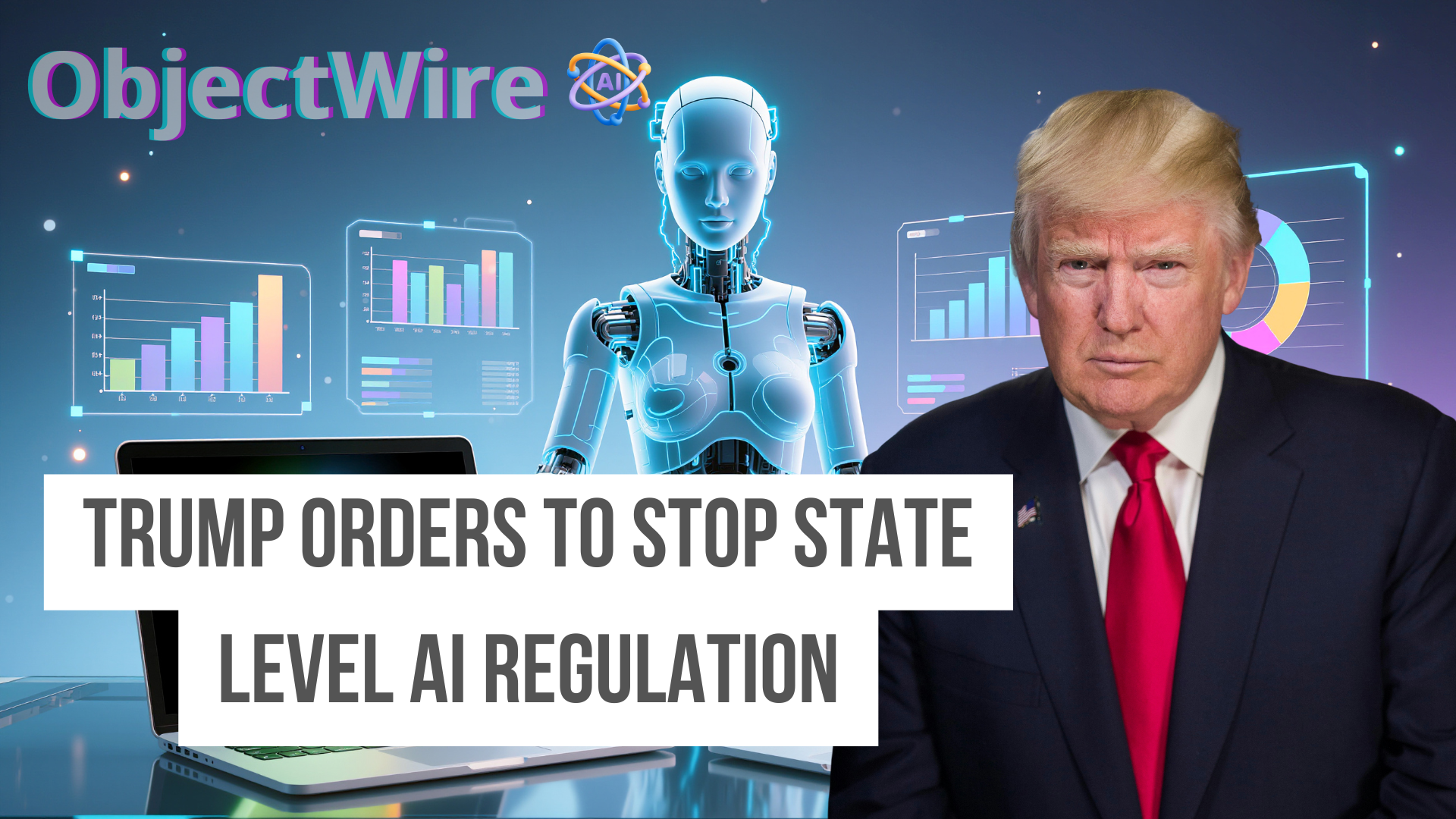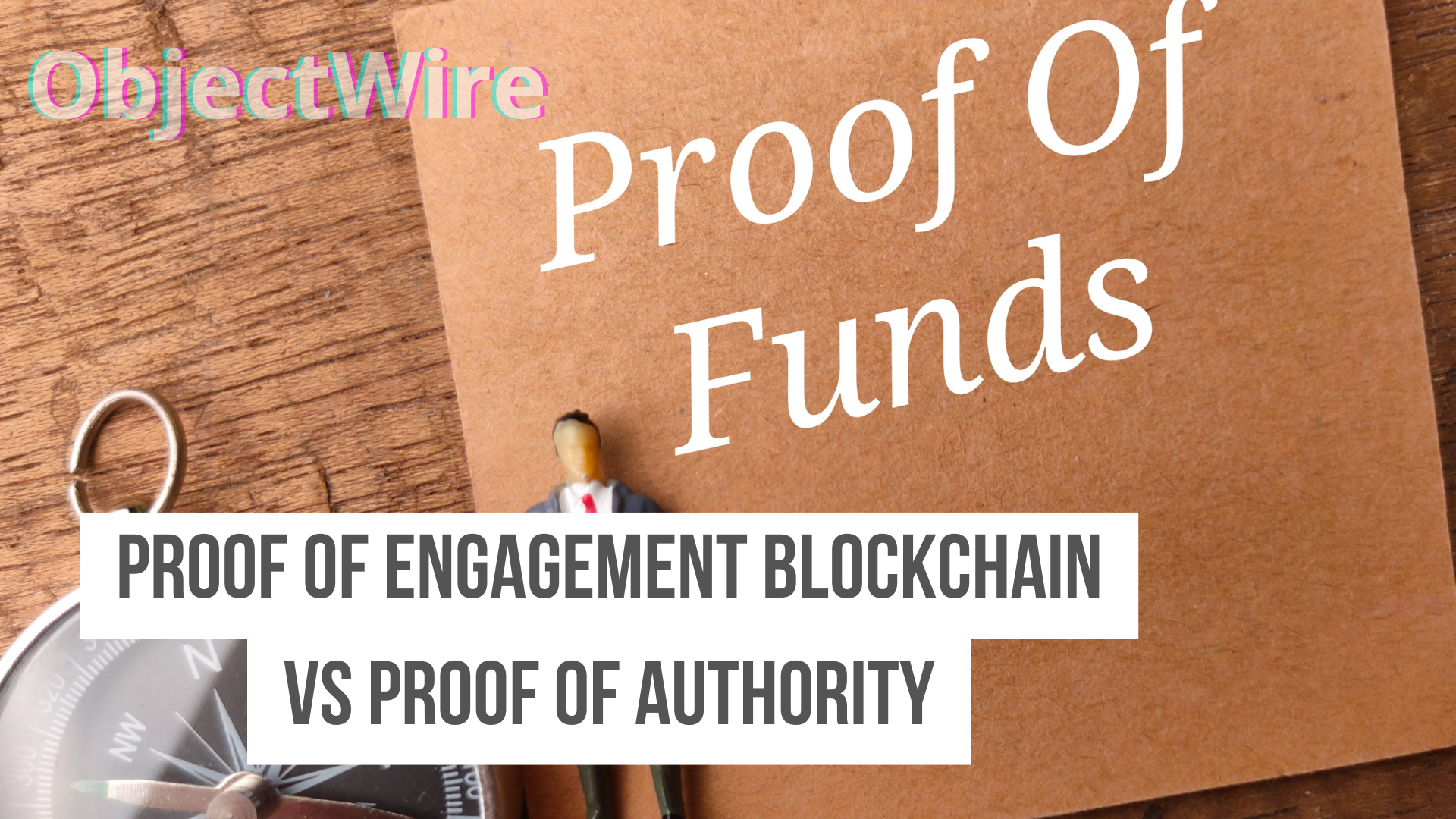Tesla Can Now Test Its Autonomous Vehicle Technology On Public Streets In Nevada
Tesla has achieved a pivotal milestone by securing permission from the Nevada Department of Motor Vehicles (DMV) to test its autonomous vehicle technology on public roads, announced on September 11, 2025. This approval, part of the state’s Testing Registry certification, allows supervised testing of Tesla’s Full Self-Driving (FSD) system, marking a significant step toward commercial robotaxi services.
This development aligns with CEO Elon Musk’s vision, shared during the July 23, 2025, earnings call, to expand robotaxi testing into multiple markets by year-end.
Published on Objectwire.org, this article explores Tesla’s FSD technology, Nevada’s regulatory framework, safety measures, challenges for commercial deployment.
Understanding Tesla’s Full Self-Driving Technology for Robotaxis
Tesla’s Full Self-Driving (FSD) system powers its autonomous ambitions, utilizing a vision-based approach with cameras, ultrasonic sensors, and radar to navigate complex environments. Enhanced by neural networks and the Dojo supercomputer, FSD version 12.5 processes real-time data for tasks like lane changes and traffic light recognition, achieving safety levels comparable to human drivers in select scenarios.
Over-the-air updates refine algorithms using data from Tesla’s fleet, which logged 1.3 billion miles on FSD by Q2 2025. Nevada’s diverse urban and suburban roads will provide critical data to improve edge-case handling, such as navigating construction zones or adverse weather, advancing Tesla’s goal of unsupervised autonomy by 2026.
Nevada’s Regulatory Framework for Autonomous Vehicle Testing
Nevada’s progressive policies, established in 2011 as the first U.S. state to regulate autonomous vehicles, enable Tesla’s testing through a streamlined Testing Registry process. Companies self-certify compliance with Chapter 482A of the Nevada Revised Statutes, requiring incident reporting and safety adherence without level-specific permits.
Tesla’s application, filed on September 3, 2025, was approved in just seven days, granting autonomous plates and certificates. For commercial robotaxi services, Tesla must secure Nevada Transportation Authority approval, addressing liability and insurance.
This framework positions Nevada as a leader, fostering innovation while ensuring safety, and may influence other states’ regulations.
Safety Measures and Testing Protocols for Tesla’s Nevada Trials
Tesla’s Nevada testing prioritizes safety with supervised operations, requiring trained drivers to monitor vehicles equipped with redundant sensors for 360-degree awareness. Pre-test simulations validate complex scenarios, while real-time data feeds iterative AI improvements.
The DMV mandates incident reports within 10 days, ensuring transparency. Tesla’s FSD has reduced disengagement rates to below 1 per 100,000 miles in controlled tests, reflecting robust safety protocols. Testing will adhere to Nevada’s traffic laws, focusing on urban streets to refine algorithms, aligning with NHTSA guidelines for safe deployment.
Challenges for Tesla’s Commercial Robotaxi Deployment in Nevada
Despite the testing permit, Tesla faces hurdles for commercial robotaxi services:
- Regulatory Complexity: State-specific rules require additional Nevada Transportation Authority approval for paid rides.
- Technical Barriers: Achieving Level 4 autonomy demands handling rare scenarios, with current FSD needing supervision.
- Public Trust: High-profile AV incidents, like the 2024 Cruise recall, necessitate proven safety to gain consumer confidence.
- Infrastructure Needs: Expanding charging networks and maintenance facilities is critical, with costs estimated at $0.30-$0.50 per mile for liability insurance.
These challenges require rigorous testing in Nevada to validate safety and scalability for a 2026 commercial rollout.
Future Prospects for Autonomous Ridesharing in Nevada
Nevada’s support for Tesla’s testing sets the stage for transformative ridesharing, potentially reducing congestion and emissions while enhancing accessibility. Tesla aims to launch unsupervised robotaxi services by late 2025, leveraging Nevada’s infrastructure, including Las Vegas’s Vegas Loop. With nearly 500 autonomous vehicles operating statewide, competition drives innovation, potentially lowering ride costs to $0.20-$0.40 per mile. Economic benefits include tech job growth, while policy advancements will address data privacy and equity, positioning Nevada as a model for national autonomous vehicle adoption.
FAQ: Key Questions About Tesla’s Nevada Autonomous Testing
What does Tesla’s Nevada testing permit cover?
It allows supervised testing of autonomous vehicles on public roads, not commercial rides, effective September 11, 2025.
How quickly was Tesla’s application approved?
Filed on September 3, 2025, it was approved in seven days by the Nevada DMV.
What safety measures are in place for testing?
Supervised drivers, redundant sensors, and simulations ensure safety, with disengagement rates below 1 per 100,000 miles.
What is needed for commercial robotaxi services?
Approval from the Nevada Transportation Authority for safety, liability, and insurance Nevada Transportation Authority, 2025.
When will Tesla launch unsupervised robotaxis?
Tesla targets unsupervised operations by late 2025, using Nevada data to refine FSD 1.3 billion miles logged.
Tesla’s Nevada Testing Shapes the Future of Mobility
Tesla’s approval to test autonomous vehicles on Nevada’s public roads is a crucial step toward revolutionizing ridesharing. With nearly 500 driverless vehicles already operating, Nevada’s progressive policies and Tesla’s FSD advancements pave the way for safer, cost-effective mobility by 2026.
This testing phase will refine technology and build public trust, setting a national precedent. For more on autonomous vehicle trends, visit Objectwire.org.
Word count: 1,250
Contact Us
